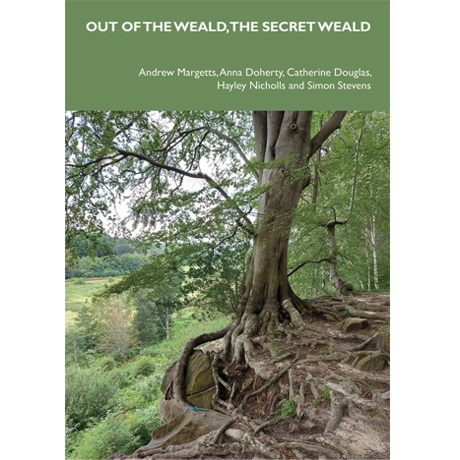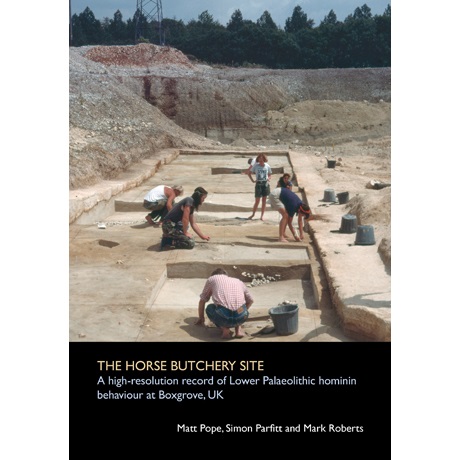This volume details the results of archaeological work conducted across four sites within the Sussex Weald. Among the findings presented here are some regionally important remains including a Palaeolithic handaxe, perhaps some of the earliest land division so far excavated in the Wealden region dating to the Late Bronze Age, a Roman shrine and what could possibly constitute the remains of an Iron Age fort, one of the hill-slope type.
Detailed Description
An air of ancient mystery permeates the close, heavily wooded clay and sandstone country of the Weald. Its spreading oaks, fern-lined droveways and dark hammerponds tell of the area’s early use. The historic activities that shaped this important landscape are long-since past, but nevertheless they still define the character of the region, so readily apparent in its countryside.
This rich heritage has not been matched by commensurate levels of archaeological investigation, but over the last decade this has begun to change. This volume details the results of archaeological work conducted across four sites within the Sussex Weald. In terms of geographical areas covered, the sites presented are located on the Low Weald at Billingshurst and Southwater, on the region’s boundary with the Greensand Ridge at Hurstpierpoint and at Haywards Heath, on the edge of the High Weald.
Among the findings presented here are some regionally important remains, including one of just a handful of known Palaeolithic finds with a Wealden provenance (a handaxe reminiscent of the bout coupés type), perhaps some of the earliest land division so far excavated in the Wealden region dating to the Late Bronze Age, a Roman shrine and what could possibly constitute the remains of an Iron Age fort, one of the hill-slope type.
Most of the sites produced useful pottery assemblages, including Late Bronze Age material, thus far so scarce within the Weald, and new medieval fabric types for the Billingshurst area. Environmental remains were also recovered including charcoal dominated by that derived from oak, affectionately known locally as ‘Sussex weed’.
For all queries in regards to this product please contact the following :-
louise.rayner@ucl.ac.uk




